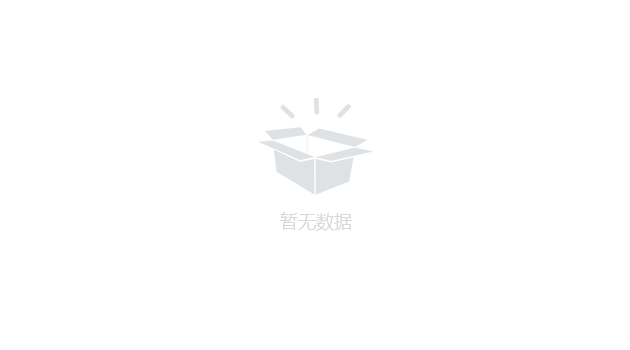
浏览全部资源
扫码关注微信
- Literature
- Latest Issue
- Archive
- Online First
最新刊期
卷 42 , 期 2 , 2023
本期电子书
封面故事
共 0 条
- 1
前往:
页 
- Technical support is provided by Beijing Founder electronics co., LTD 京ICP备18046208号-2
 京公网安备 11010102006710号
京公网安备 11010102006710号 - It is recommended to read the content of this site in Chrome&IE9+. Please switch to extreme mode in browser 360.
- Cookies We use cookies to help provide and enhance our service and tailor content. By continuing, you agree to the use of cookies.
- Total Visits:256323 Visits Today:141
0
Bulk Citation
Export to
BibTeXEndnoteRefManNoteExpressNoteFirst
TOP